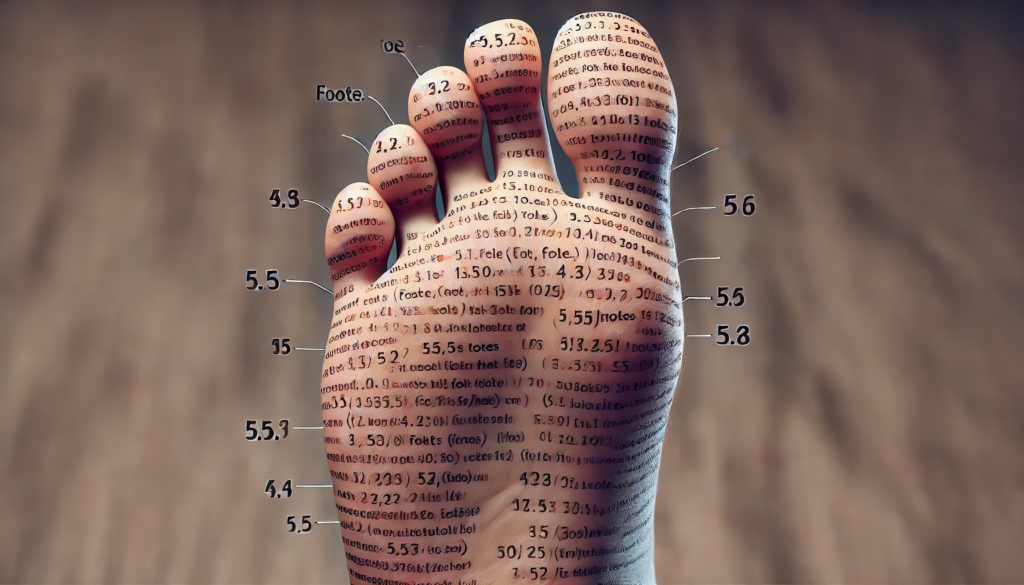How to put off dealing with persnickety references and endnotes

Nonfiction books come from source material. The source material is usually the intellectual property of other authors. That means it should be footnoted, with proper citations in a common, officially accepted format like MLA or the Chicago Manual of Style.
People hate doing this. They put it off. And that tends to lead to errors. Those errors include misformatted citations or putting quoted material into a book without footnoting it, which is plagiarism. That gets authors in big trouble.
But formatting footnotes while you’re researching and writing is a big pain in the butt that tends to interrupt your flow.
The two-step process for managing sources
Here’s how to write in flow and also avoid inadvertent plagiarism. Recognize that keeping track of and citing sources is actually two processes:
- Keeping careful track of sources.
- Formatting footnotes and endnotes.
There is no requirement that you do both at the same time.
While researching, include quotes from sources in the material you collect, and put an endnote on each one. But the only endnote you need, in most cases, is just the web address (URL) you got the text or fact from. If it’s in a document that’s not online, like a book, all you need to do is include a telegraphic reference, like The Tipping Point, p. 12. This is easy, because tools like Microsoft Word make adding endnotes a breeze: just pick Insert/Footnote from the menu.
While assembling your fat outline, take care to keep these endnotes in place.
When writing the chapter from the fat outline, once again, keep the endnotes in place. Your draft will include facts, paraphrased content, and quoted content. Each should have an endnote.
When rewriting, once again keep the endnotes in place.
You’ve now accomplish your first task. Throughout your whole process, you’ve kept careful track of sources, by including URLs and other brief references.
But before you hand in the manuscript to the publisher, you need to format the endnotes properly. This could take a couple of days. You need to look up each URL and convert it to a properly formatted note. Tools like EasyBib can help with this.
You can also tap an assistant like a librarian or researcher to do this task. Their work requires technical knowledge, but won’t result in any significant changes to the text.
In the manuscript I’m now completing for a client, there are 315 endnotes. That’s important to the client, to properly represent the source material. But we have access to librarians who can format the notes, and I’m extremely grateful for that. (The client doesn’t want to pay my ghostwriting rates for work on footnotes.)
It’s still annoying, persnickety work to format the notes. At the end of the process it doesn’t get in the way of writing and editing.
But remember, that only works if you’ve kept careful track of the URLs throughout the entire editing process.
Who’s responsible for checking the librarians’ footnotes work for accuracy?